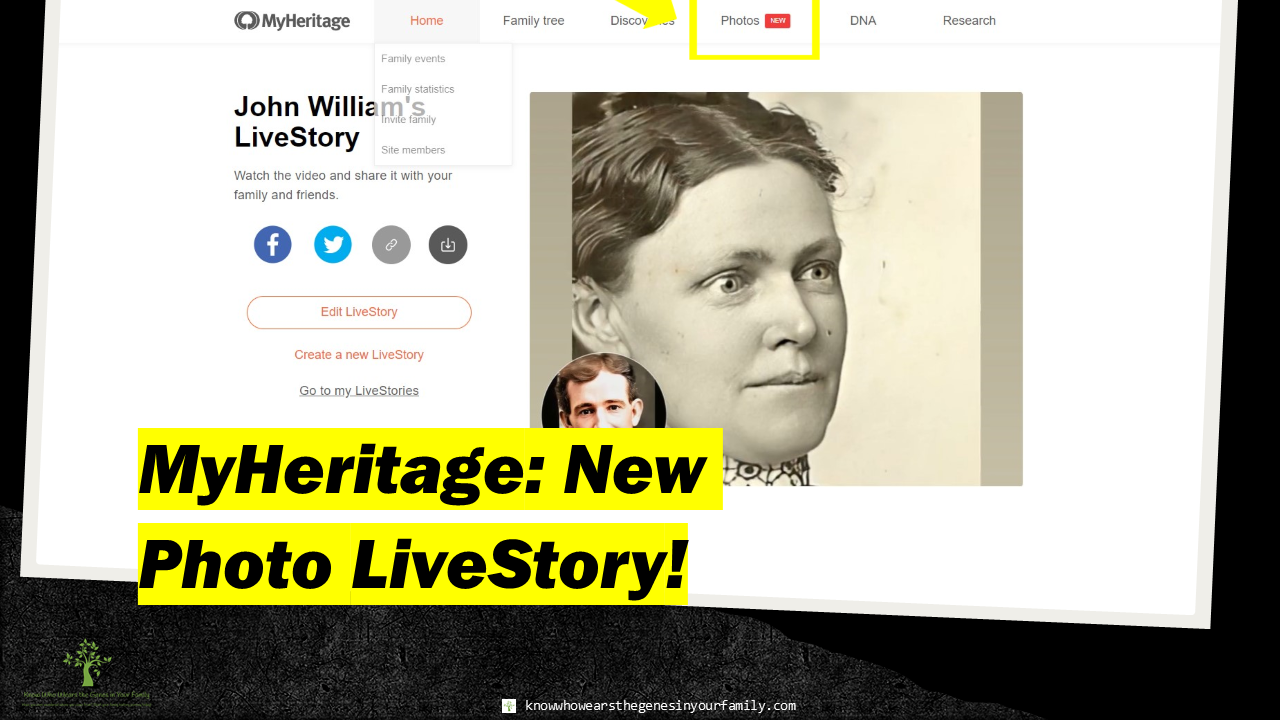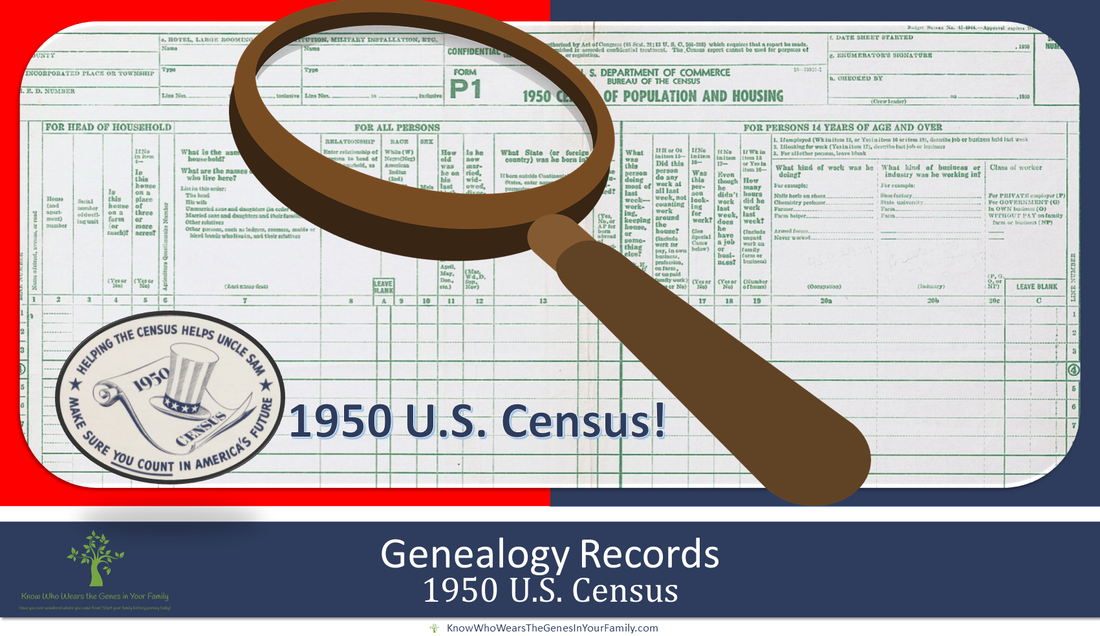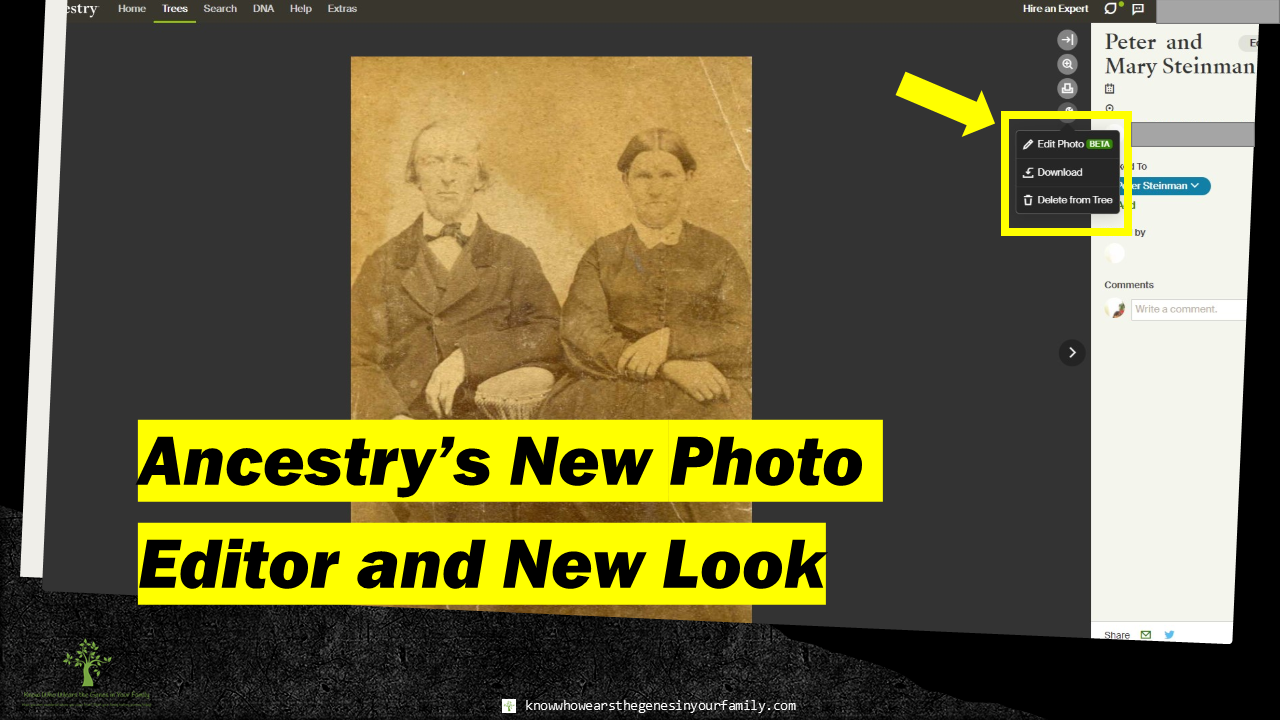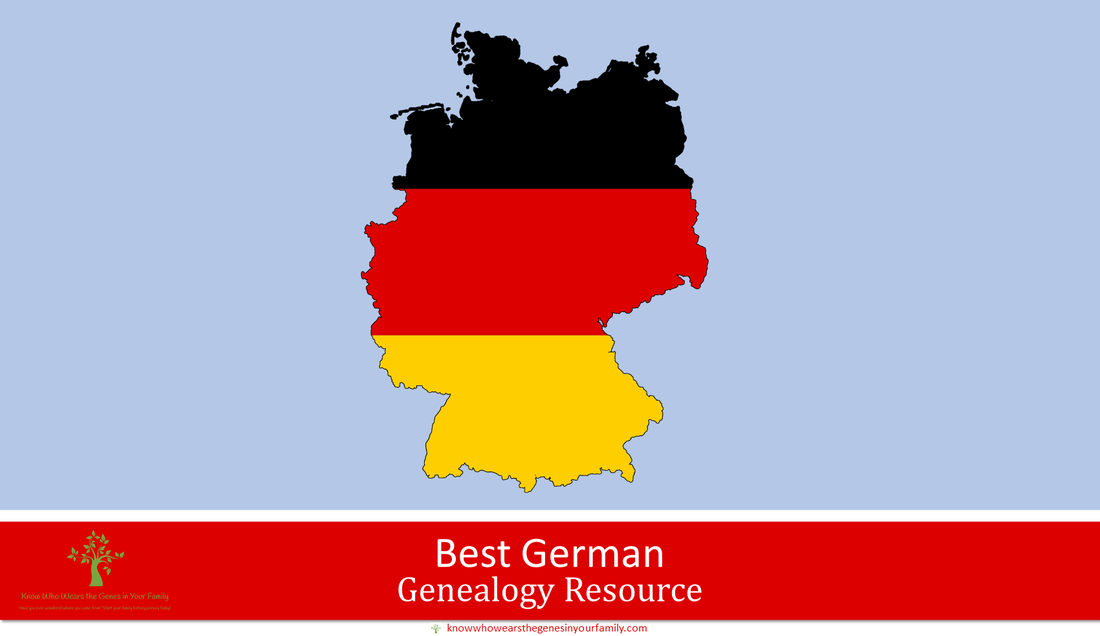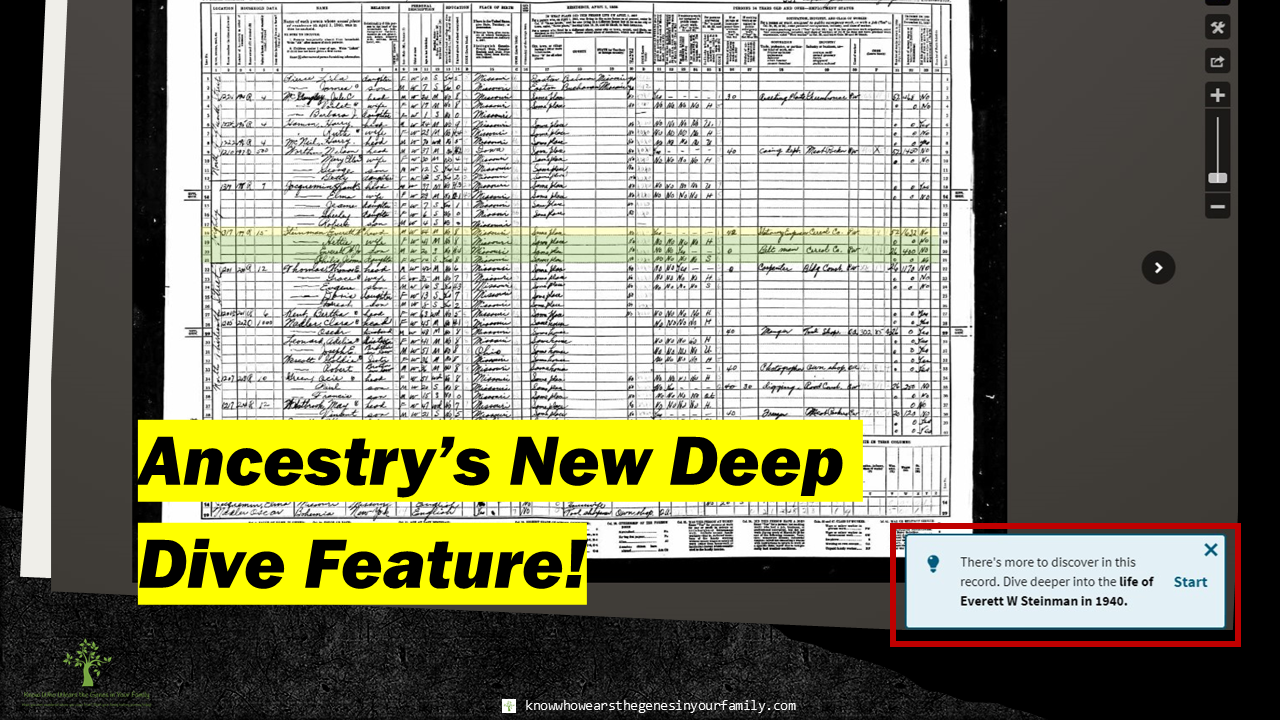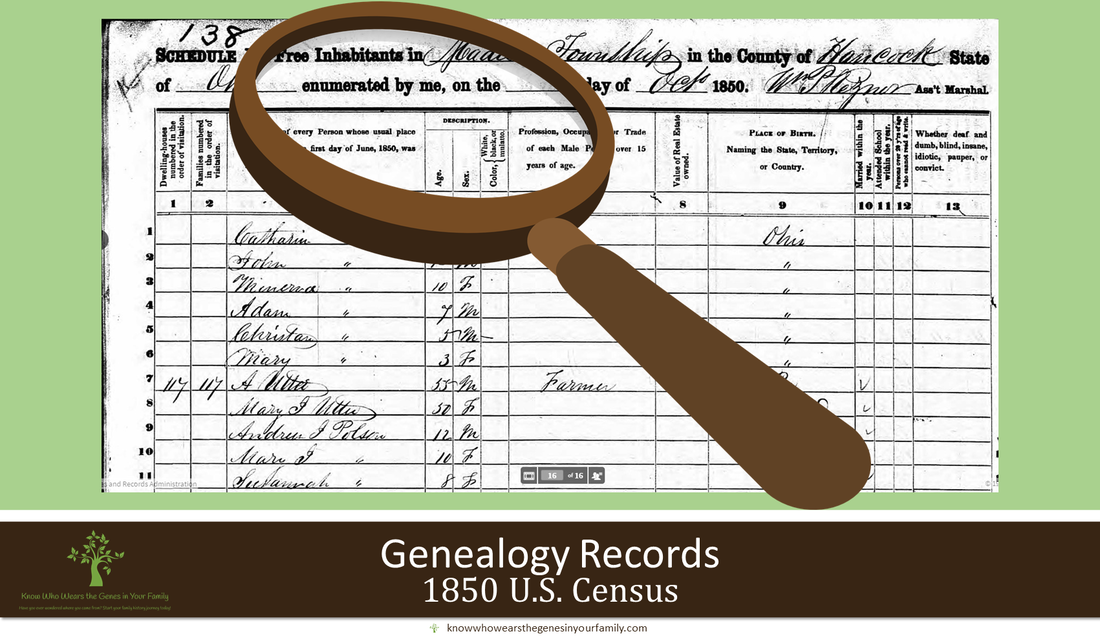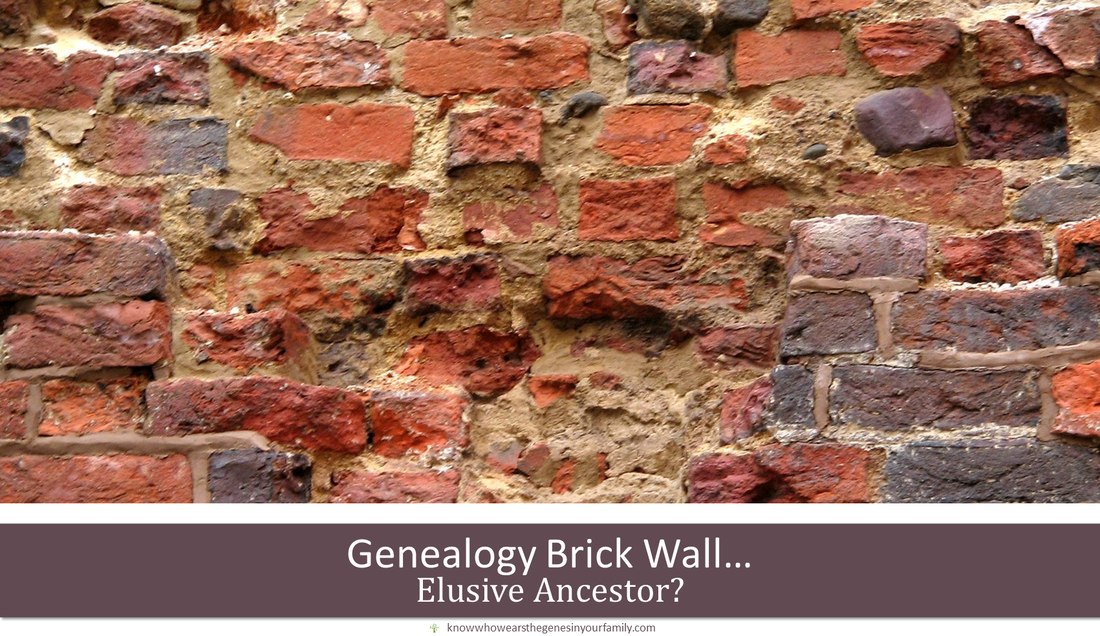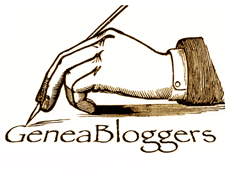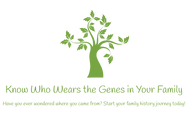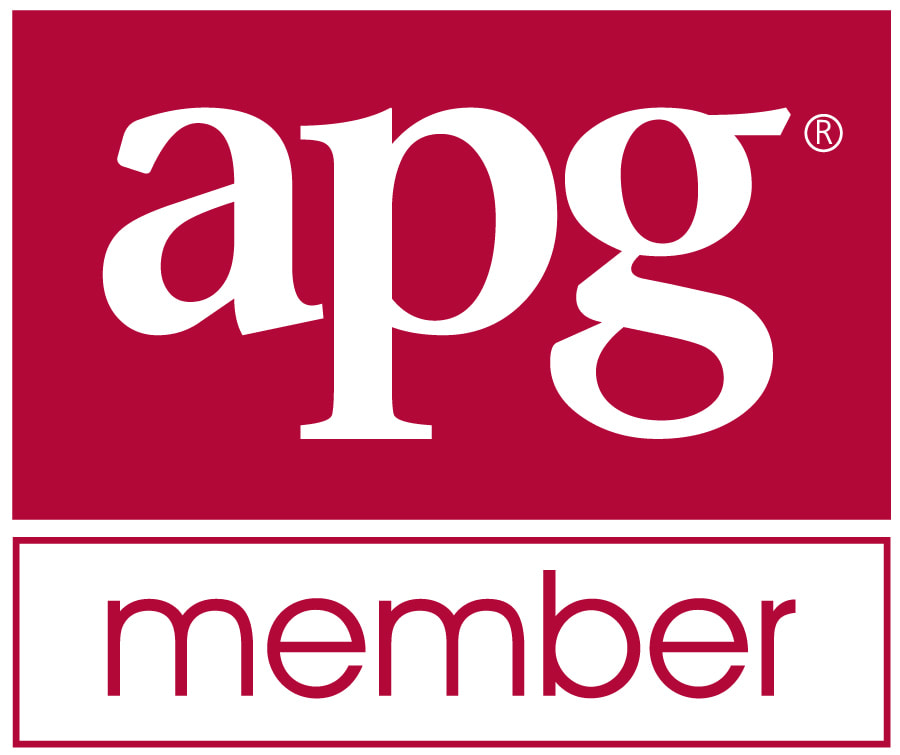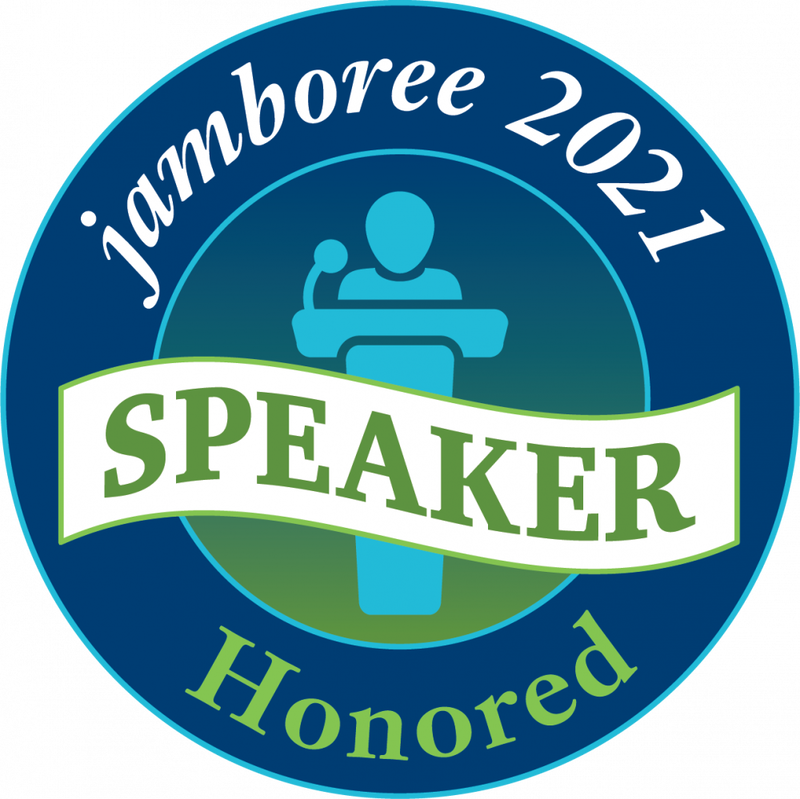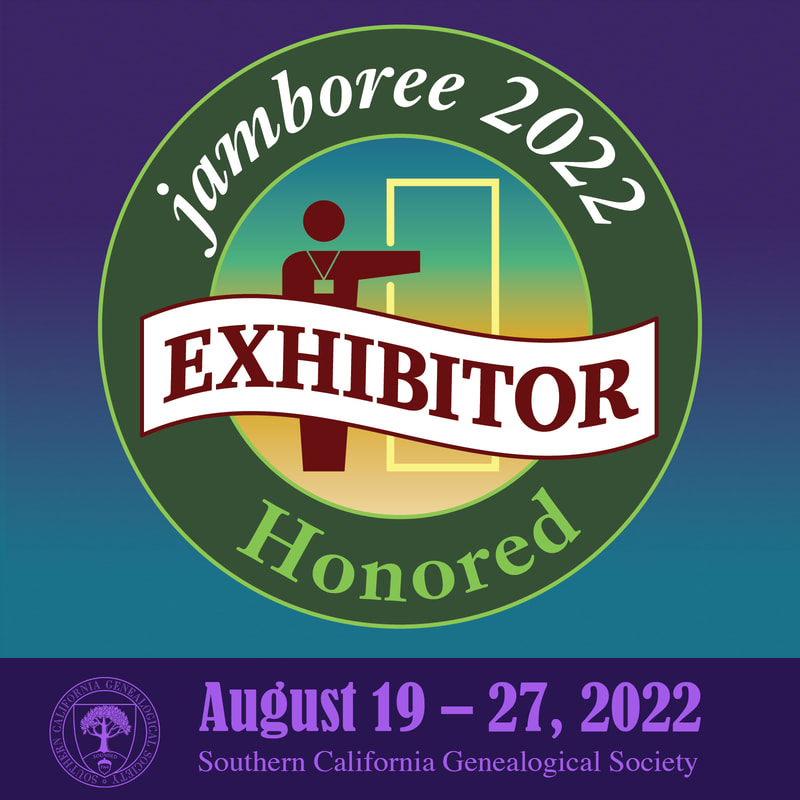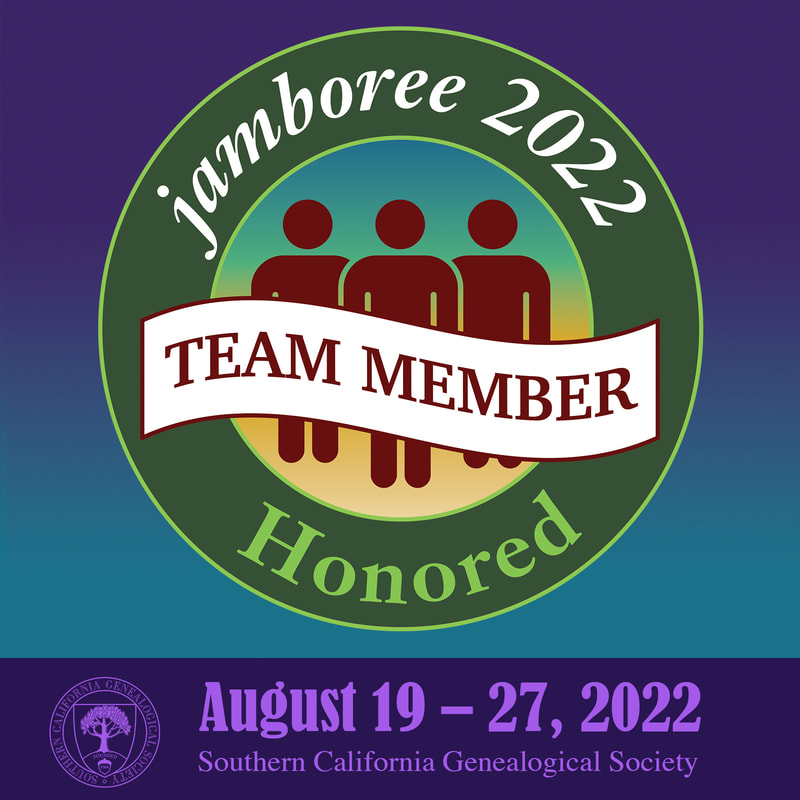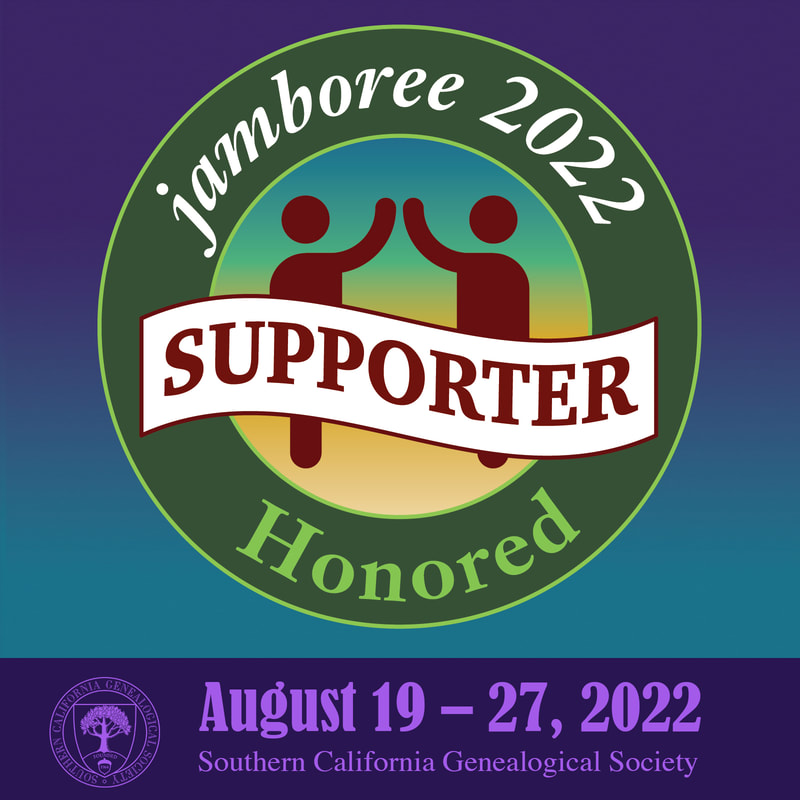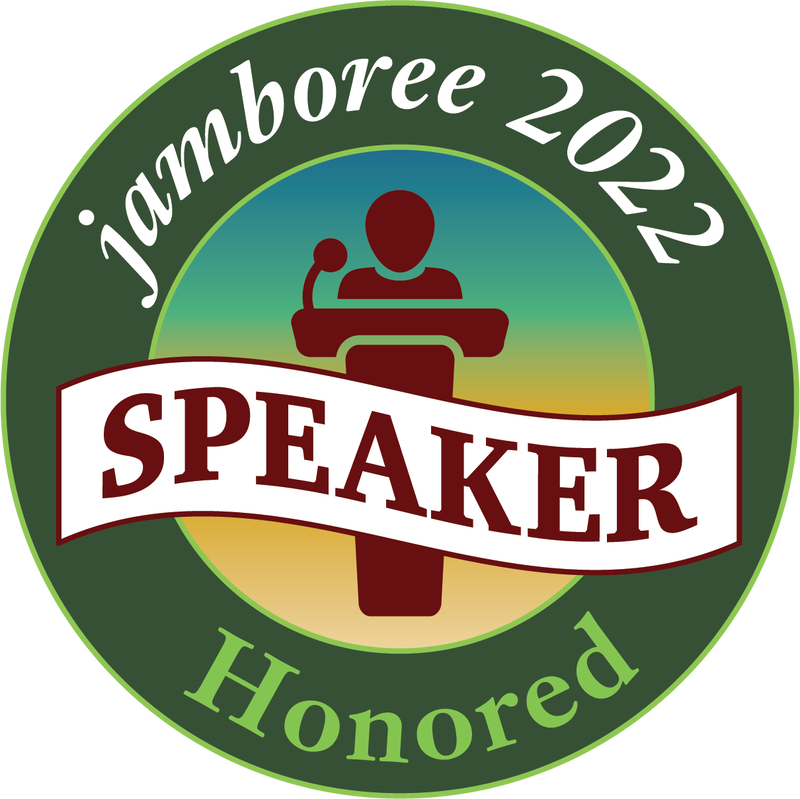Top 5 German Genealogy Websites Do you have German ancestors and looking for records, tools, and resources that can help in your German genealogy research? Here are my top 5 German genealogy websites to help you climb your family tree! Besides the big four genealogy websites (Ancestry, FamilySearch, MyHeritage, and Findmypast), these are German research musts! 1. FamilySearch Germany Genealogy Wiki (FREE)
2. Meyers Gazetteer (FREE)
3. Archion ($)
4. Matricula (FREE)
5. CompGen (FREE)
More German Genealogy ResourcesFind more German genealogy resources, tips, and other info under the German Genealogy category. More Genealogy ResourcesLearn about more family history and genealogy resources under the Genealogy Resources category and on my dedicated Genealogy Resources page. More Top Genealogy
2 Comments
2/25/2024 Lutheran Germans to America: The 1831 Odenwald Emigration Group's Perilous JourneyRead NowThe 1831 Odenwald Emigration Group In 1830, Johann Adam Tracht organized an emigrant group from Odenwald, Germany of about 150 family, friends, and neighbors that got together to flee high taxes, military conscription of their sons, and expensive land, among other reasons, who were bound for Hancock County, Ohio in America. Most of them were farmers, including my ancestors. They originally wanted to set sail in 1830 but couldn’t make the voyage until 1831. My German Immigrant Ancestors in this Emigration GroupMy German immigrant ancestors in this group were my 4th great grandparents, Johann Adam Steinman(n) and Eva Elisabetha (Marquardt) Steinman(n), and my 3rd great grandfather, Peter Steinman. Johann Adam Steinman(n) and Eva Elisabetha (Marquardt) Steinman(n) left Erlenbach on July 6th for the U.S. with their 7 children, Peter (my 3rd great grandfather), George, Adam, Jacob, Maria Barbara, Christopher, and baby Johannes, along with 2 of their nephews, Johan Peter, and Adam. They followed the Rhine River northward to the Port of Bremerhaven, where everyone loaded the ships and waited for all parties in the group, before setting sail. The Perilous Voyage of the Odenwald Emigration GroupThe Odenwald Emigration group boarded their vessels in July of 1831 and emigrated on July 31, 1831. Bound for the Port of Baltimore for their destination of Hancock County, OH, they would be forever leaving family, possessions, and life as they knew it behind. Just off the coast of the U.S., they met with a violent storm, in which the ships had blown off course and become separated. One ship, the larger one, the James Beacham “Famous Dove” dashed against the rocks off the coast of Virginia and waited for the storm to subside. The smaller of the two made it through the Port of Baltimore sometime between September 16-20. The larger ship had come through Virginia on September 17, then went on to the Port of New York. My 3rd great grandfather’s baby brother, Johannes didn’t make it and was “buried at sea”. Most of the group took several years to get to their final destination, as they had no money and lost most of their belongings during the trip. My ancestors first settled in Pennsylvania for the first 6 years or so, to make enough money to continue their trip. Before reaching their original destination of Ohio, it was here that they had 2 more children, William, and Elizabeth. “In the middle of May, 1831, a group of emigrants from the Odenwald region of Germany started on the 400 mile trip through Darmstadt and Kassel to Bremen, where they finally sailed for America in late July. They severed all the ties that bound them to their homeland and relatives left behind. Those sailing on the British vessel "Famous Dove" were bound for Baltimore, Maryland. Families on board were named Arras, Beach (Bietsch in the original German) Bosse, Essinger, Gossman (Gassmann), Heldman, Luniak, Price (Preisz), Traucht (Tracht with 22 individuals so named), Wilch (Willisch), and others. Despite inferior food and the usual hardships of ocean travel in those days, everyone was in good health. Two children, one an infant, had been buried at sea; otherwise the trip was uneventful. The emigrants were on the water several weeks when a nothwest storm caught them when they were close to the shore of America. They were cast about and blown off their course, losing first the mast and then the rudder. The wind changed to the northeast with heavy seas washing the desks. On September 16th, the ship started to fill with water faster then the sailors could pump it out. At about midnight, all had to move to the upper deck, and waves were running high. In the darkness on the ocean, no one knew just where, the ship was sinking. Some were praying, but the captain, having been under the influence of liquor from the time the ship left Bremen, became sober in the face of disaster and ordered the mates to launch a lifeboat in which he intended to escape the sinking vessel. However, the leader of the expedition, Johann Adam Tracht, was inured to danger; he had not campaigned with the mighty Napoleon for naught! He was the owner of seven guns which he was bringing to America - not for the purpose of shooting Indians, but in anticipation of hunting gam, a pleasure which was "verboten" to the common people of Germany, Perceiving that the captain intended to abandon the ship and leave the passengers to their fate, he armed six man of his party, keeping a gun for himself. His orders were to shoot anyone who tried to go over the side of the boat. None tried. In the mist of all the confusion, fourteen year old Margaret Arras said that Christ stilled the waves and saved the disciples from drowning... "Maybe he will save us also". A sailor standing nearby said to 'slap that dumb girl in the mouth for talking so foolishly, that anyone could see that the ship was sinking and all will be drowned'. The girl started singing a hymn. Her faith was contagious, and the emigrants were soon all singing, with even most of the sailors joining in. The ship sank no further, and the waves began to be smaller. When daylight came, they found that they were close to land. The ship had blown off course to a sand bar off the cost of Virginia, east of Norfolk, close to Cape Henry. The unmarried men remained aboard the wrecked "Famous Dove" until the children and parents were landed, and it is interesting to note that Johann Adam Tracht, the organizer of the group, was the last one to leave the vessel. Black people, ready to give assistance, gathered on the shore; these were the first such people the immigrant had ever seen. Many, on reaching shore, knelt down and poured out their hearts in gratitude to the Saviour for deliverance. They solemnly vowed that annually on that day a "Schiffbruchsgottesdienst" (shipwreck thanksgiving festival) should take place in remembrance of that abject terror and the wonderful rescue. This occasion is still observed. In 1832 passengers of the shipwreck settled in this area and were instrumental in establishing Trinity, Jenera, and St. Paul's, Jenera. St. Paul Lutheran then developed Good Hope, Arlington, and St. John's, Dola. Shipwreck Sunday is observed in honor of the conviction of these early settlers as they worked to establish life and witness in this "new world.” - St. Paul Lutheran Church, Jenera, Hancock County OH Establishing St. Paul’s Congregation in Hancock County, Ohio The Odenwald Emigration Group was instrumental in establishing Trinity, Jenera, and St. Paul's, Jenera. My 4th great grandparents were devout Lutherans and were members of St. Paul’s Lutheran Church in Hancock County, Ohio. Johann Adam was very well respected in his community and contributed greatly to it and the church. St. Paul Lutheran then developed Good Hope, Arlington, and St. John's, Dola. You can find the majority buried in St. Paul’s Cemetery in Van Buren Township, Hancock, Ohio, including my 4th great grandparents. Notes: This information came from various records and sources
#odenwaldemigrants,#st.paullutheranchurch,#hancockcounty,#ohio,#germanemigrants,#famousdoveshipwreck,#germanimmigrants,#germanancestry
Do you have German ancestry? If so, here are the top genealogy websites to help you in your German family history research in honor of German-American Day! German-American Day is a holiday in the United States, that is observed annually on October 6th. It celebrates German-American heritage and commemorates the founding of Germantown, Pennsylvania. It started off as German Day in 1883, to commemorate the 200-year anniversary of the landing of the first German families on October 6, 1683 in Philadelphia, but it died out during WWI. It was then brought back through proclamation in 1983, as German-American Day, by President Reagan. It was put into law by 1987. Happy German-American Day! The Top Genealogy Websites for Your German Family History Research:
How will you celebrate German-American Day?!
Related Content:
More Genealogy Resources: Learn about more family history and genealogy resources under the Genealogy Resources category and on my dedicated Genealogy Resources page. This post is a participant in the Genealogy Blog Party! The Best of the Genea-Blogs Not only is the month of October National Family History Month, but it is also German-American Heritage Month! To celebrate my German ancestry and honor my German immigrant ancestors, I thought I’d embrace my German heritage and ancestry by sharing a little about it, my ancestors, and ways you can celebrate your own German heritage and family history. 😊 What is German-American Day: German-American Day is a holiday in the United States, that is observed annually on October 6th. It celebrates German-American heritage and commemorates the founding of Germantown, Pennsylvania. It started off as German Day in 1883, to commemorate the 200 year anniversary of the landing of the first German families on October 6, 1683 in Philadelphia, but it died out during WWI. It was then brought back through proclamation in 1983, as German-American Day, by President Reagan. It was put into law by 1987. About German-American Heritage Month: German-American Heritage Month is observed in October. Stemming from German-American Day on October 6th, the month is also related to Germantown’s history and October 1683. It’s a month-long observance of German-American Heritage! German-Americans have contributed greatly to our society, ever since their families began settling in Pennsylvania in 1683. Did you know that 15% percent of Americans are of German descent and that they’re the largest ancestral group in the U.S.?! That’s a lot! German Influences on American Society and Culture: Did you know that kindergarten, graduate school, the social security system, and labor unions are all based on models that sprang from Germany? Did you know that the Christmas Tree, “gift-giving” Santa Claus, and the Easter Bunny also came from Germany? German-Americans also introduced P.E. and vocational education in public schools. Recreational facilities can also be attributed to the German-Americans that helped shaped our country, as well as the forming of social clubs and groups. Do you like the “Weekend”? You can thank German-Americans for that too! There are many, many, German contributions to our society, and this list is in no way exhaustive. 😉 My German Immigrant Ancestors: My German immigrant ancestors were Johann Adam Steinman(n), Eva Elisabetha (Marquardt) Steinman(n), Peter Steinman, and Karl “Frank” Caesar “Smith”. Johann Adam Steinman(n) and Eva Elisabetha (Marquardt) Steinman(n) were my 4th great grandparents, who left Erlenbach and emigrated to the U.S. on July 31, 1831 through the Port of Bremerhaven, arriving through the Port of Baltimore MD sometime between September 16-20, 1831. They emigrated together with their children, including my 3rd great grandfather, Peter Steinman, along with 2 of their nephews. They were part of the Oldenwald Emigration Group that included the Famous Dove shipwreck, which you can read about with the following links below. This group was a group of family, friends, and neighbors that got together to flee high taxes, military conscription of their sons, and expensive land, who were bound for Hancock County, Ohio. Most of them were farmers. My 3rd great grandfather lost his baby sibling during the journey, and he was “buried at sea”. They first settled in Pennsylvania, for the first 6 years or so, before reaching their original destination of Ohio. They had 2 more children here in the U.S. My 4th great grandparents were devout Lutherans and were members of St. Paul’s Lutheran Church in Hancock County, Ohio. Johann Adam was very well respected in his community and contributed greatly to it and the church. Karl “Frank” Caesar “Smith” was my great grandfather who left Wiesbaden and emigrated to the U.S. through Rotterdam, arriving on April 7, 1893, through the Port of New York. The story told of why he immigrated was to flee his tyrant father and that his mother helped him to do so; although, the reason is still unknown. My great grandfather was said to not want to talk about Germany nor his family there. During my research, I'd come to learn that he had changed his name for some unknown reason, and that no one knew of his true name. We knew him as Frank Smith, and we were told that his name came from the German name Schmidt, which was untrue. He enrolled in the military right away, hearing that it would also help him to speed up his naturalization. It seemed that he left many of his German ties behind, and that the only thing left was his thick German accent, his love for Limburger Cheese, and his nostalgia of his homeland landscapes. He even built his home far back in the lot to have plenty of room to plant fruit trees and create a garden oasis in the remaining ¾ or so in the front of the house. Frank contributed to America by joining the military, by which he contracted T.B. and later died, leaving his wife and small children behind. My 3rd and 4th great grandparents are farther down the tree, and I had never met my great grandfather, so I thought I would keep their memories alive in another way, by celebrating them during German-American Heritage month. https://www.lutheranforum.com/blog/2017/8/3/lutherans-in-peril-on-the-sea https://www.hmdb.org/m.asp?m=158918 https://jahcmft.blogspot.com/2017/09/coming-to-america-shipwreck.html https://mahalodonna.com/schiffbruchs-gottesdienst/ How you can observe German-American Heritage Month and Embrace Your German Ancestry: 1) Research your German ancestors! 1) Give voice to one of your German ancestors, through video, with MyHeritage’s DeepStory photo tool 2) Blog about one of your German Ancestors 3) Write a short biography on one of your German ancestors 4) Make a German heritage scrapbook 5) Join a parade, like a Steuben Parade 6) Visit a museum, like the German–American Heritage Museum 7) Visit a German town, such as Alpine Bavarian village in Vail CO, “Little Bavaria” in Frankenmuth MI, Helen GA, Fredericksburg TX, Hermann MO, Leavenworth WA, Castroville TX, Amana Colonies IA 8) Listen to German music (don’t like German music, then listen to some Broadway musicals, influenced from the Germans!) 9) Make some German Food (Don’t like German Food, then eat a hamburger or hot dog to commemorate; they originated from Germany!) 10) Go to a German restaurant 11) Go to a German bakery 12) Read up on the contributions Germans made to American society and culture 13) Join a German-American Heritage Festival 14) Join an Oktoberfest Celebration- Top 15 Oktoberfest Celebrations in the U.S. 15) Read German literature or a book form a German-American author 16) Research famous Americans with German heritage and learn about their accomplishments 17) Learn how to speak German or learn some German words 18) Use the hashtag, #GermanAmericanDay on social media to celebrate your German heritage 19) Trace the U.S. Presidents’, Theodore Roosevelt; Dwight D. Eisenhower; Herbert Hoover; Richard Nixon; George W. Bush; Barack Obama; and Donald Trump, German ancestry back to Germany 20) And this list could go on forever! 😉 Questions: Do you have German ancestors? If so, where did they come from and when did they immigrate? How did your German-American ancestors help shape America? What will you do to celebrate German-American Heritage Month and honor your German ancestry? Do you have something to add to this list? Related Content: The Best German Genealogy Research Resource! Note: All family photos are copyright protected and are owned by me and may not be downloaded, screenshot, or saved in any other way without my explicit permission This post is a participant in the Genealogy Blog Party! The best ALL IN ONE resource for German genealogy is FamilySearch.org, handsdown! With their Germany Genealogy Research Wiki, their Germany Genealogy Research Community, and their Catalog, you have everything you need right at your fingertips for German research, and it’s ALL FREE! Research Wiki: I learned about the Wiki on a trip, years back, to the Family History Library, from one of the German specialists there. The FamilySearch Wiki is a genealogy resource guide, and has by far the most comprehensive and best information out there for German Genealogy, and it’s FREE! This is kept up constantly by the German genealogy specialists at the Family History Library. They have done an amazingly, fantastic job of having German genealogy research tools and strategies all in one place! They have a plethora of records; maps; lists and printable handouts; strategies, methodologies, online classes, tutorials, and articles; links to all the top sites, databases and resources for German research; and more! They have various resources to a huge amount of records such as church records, vital records, cemetery records, census records, directories, immigration records, military records, Jewish records, obituaries, and many more types of records! Their lists and printable handouts on the provinces, letters, vocabulary, and names are invaluable. If you are a beginner in German research, their research tips and strategies, like “Getting Started with Germany Research” is a must! If you love free classes, they have so many classes and tutorials on a wide range of topics such as reading original German records, using German address books, researching the German Archives, understanding and using German census records, understanding the German calendar changes, understanding German geography, using the gazatteers, reading the handwriting, learning some of the important vocabulary, navigating and using some of the top German genealogy sites, and more! You can find the German Genealogy Research Wiki here: Germany Genealogy Communities: I also learned about FamilySearch Communities on my last day of that trip. This is where you can ask for research help, get help in translating those German records, and so much more, from the comfort of your home! You can find the German Research Community here: Germany Genealogy Research Community Catalog: In the FamilySearch catalog, you can find all the resources that the Family History Library, FamilySearch Centers, and FamilySearch has, for your specific search! You can search by name, location, topics, titles and more! These resources include records, periodicals, books, family histories and more! I also learned how to use this search feature better when I took my trip to the Family History Library. This is a much better method of finding resources for your search, than simply searching in the “record search”; you will find so much more! You can find the catalog here: FamilySearch Catalog All of these are FREE with a FREE subscription to FamilySearch.org! 😊 You can sign up for a free FamilySearch account here: Create Account Learn about more resources you can use in your family history research under the Genealogy Resources category and my dedicated Genealogy Reources page. This post is a participant in the 6th Annual Genealogy Blog Party! This post is a participant in the Genealogy Blog Party: School Days (and September Holidays and Events), to help celebrate Oktoberfest! ←Back to Genealogy Resources Page |
Details
Categories
All
FeaturedTop PostsBlogrollEvalogue.Life, Heart of the Family, Molly's Canopy, Climbing My Family Tree, Cami Mayer, Field Genealogist, Ancestor Detective, DNA Breakthroughs, Your DNA Guide, Ancestral Findings, Genealogy Tip of the Day, Family History Daily, Genea-Musings
BlogI hope my family history and genealogy blog on genealogy research tips, resources, events, and more, along with my own genealogy journeys, will help you in your research and in building your family tree to learn more about your ancestors and family history to preserve for future generations to come! Come visit me at Know Who Wears the Genes in Your Family if you're interested in starting your family history journey, booking me for your next speaking event, or family history and genealogy heirloom products!
Archives
July 2024
|
HoursM-Su: 8am - 8pm
|
Know Who Wears the Genes in Your Family is dedicated to promoting family history and genealogy, while maintaining commitment to client care and professional service, and adheres to the Code of Ethics and Professional Practices put forth by the Association of Professional Genealogists.
|







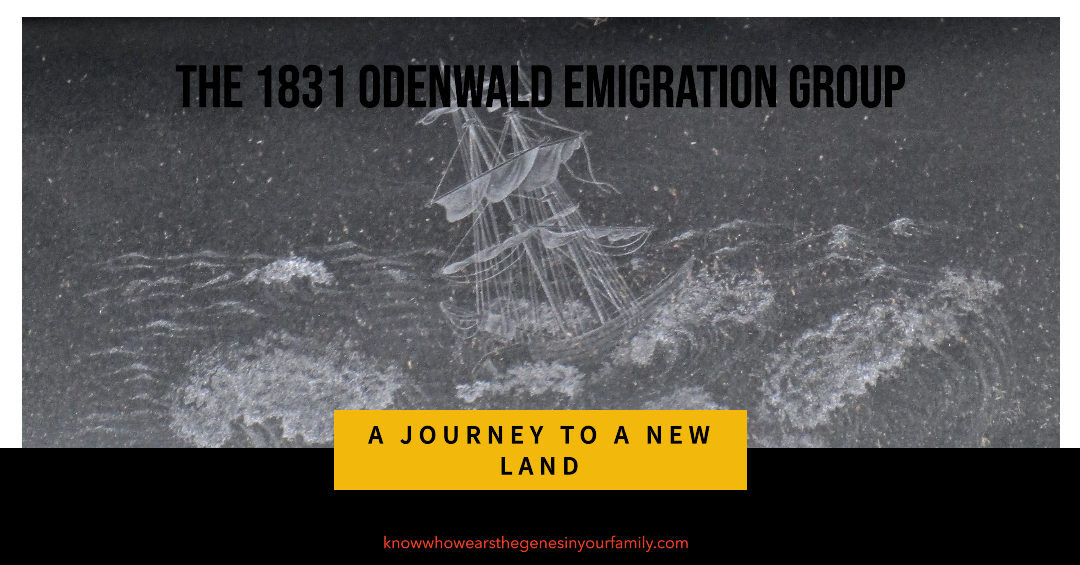

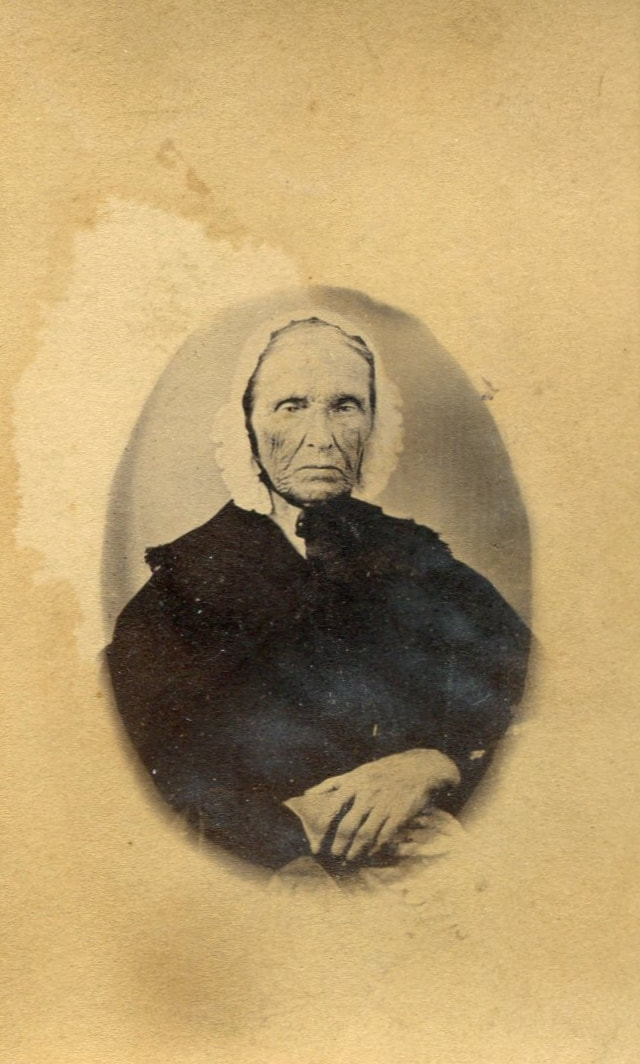
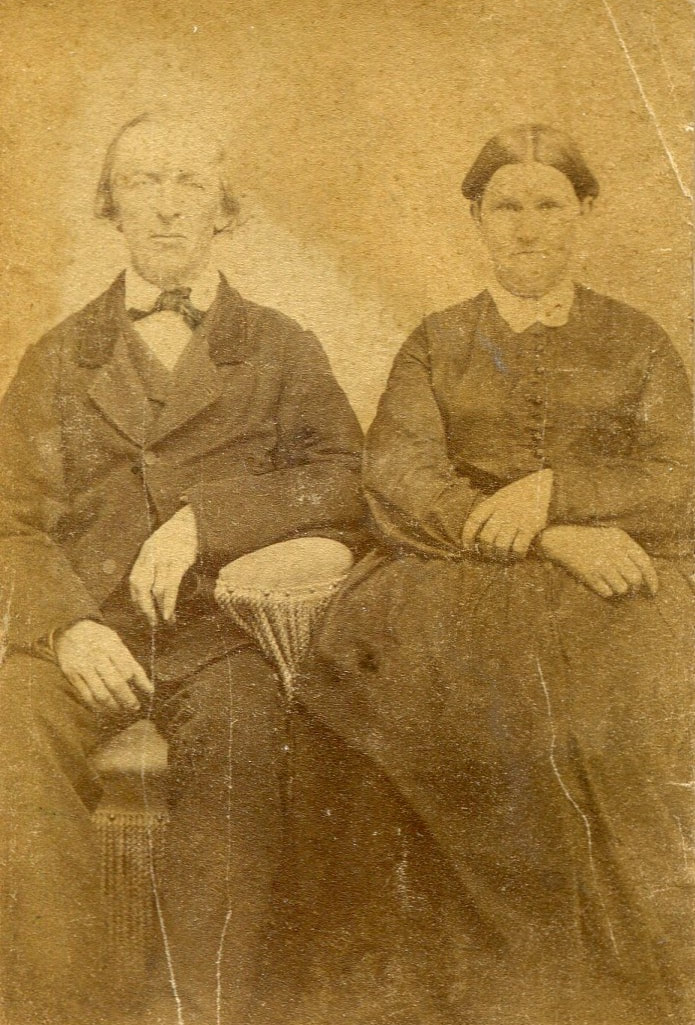

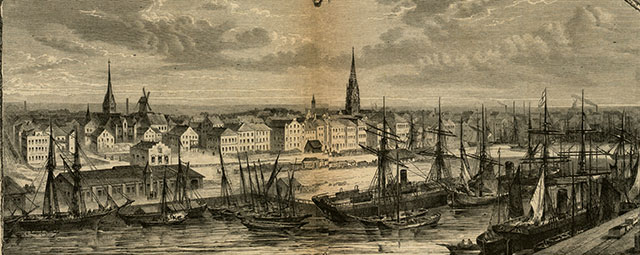
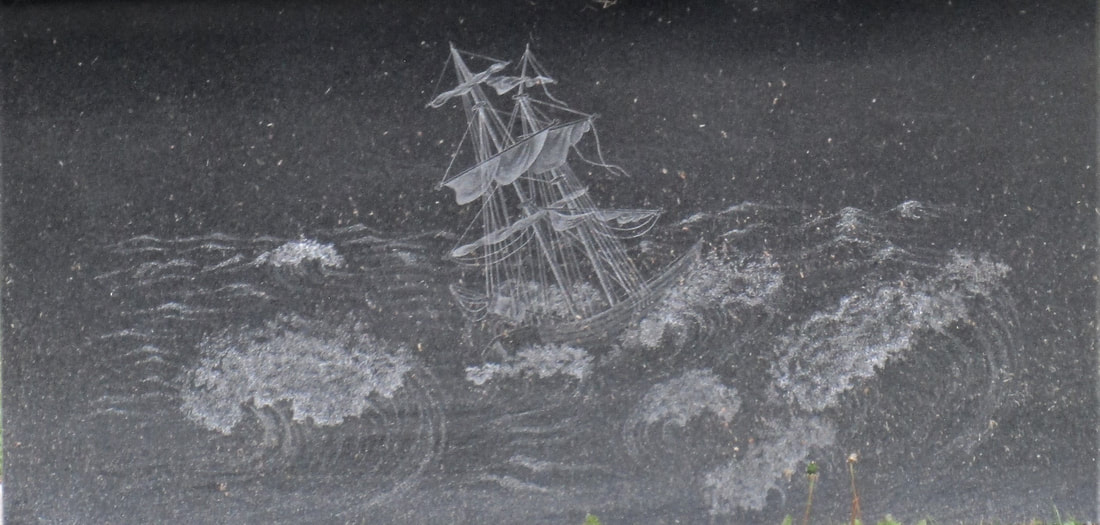
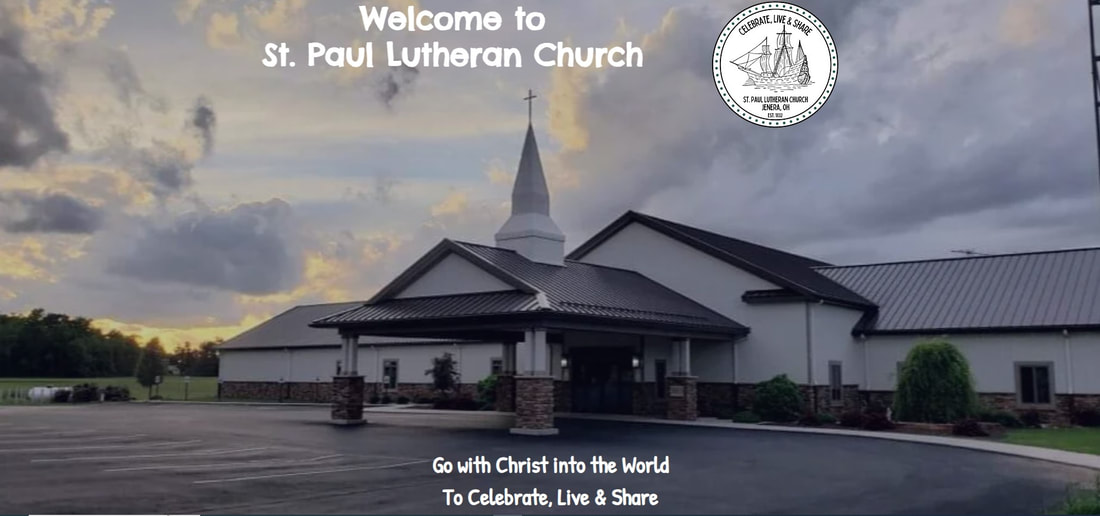
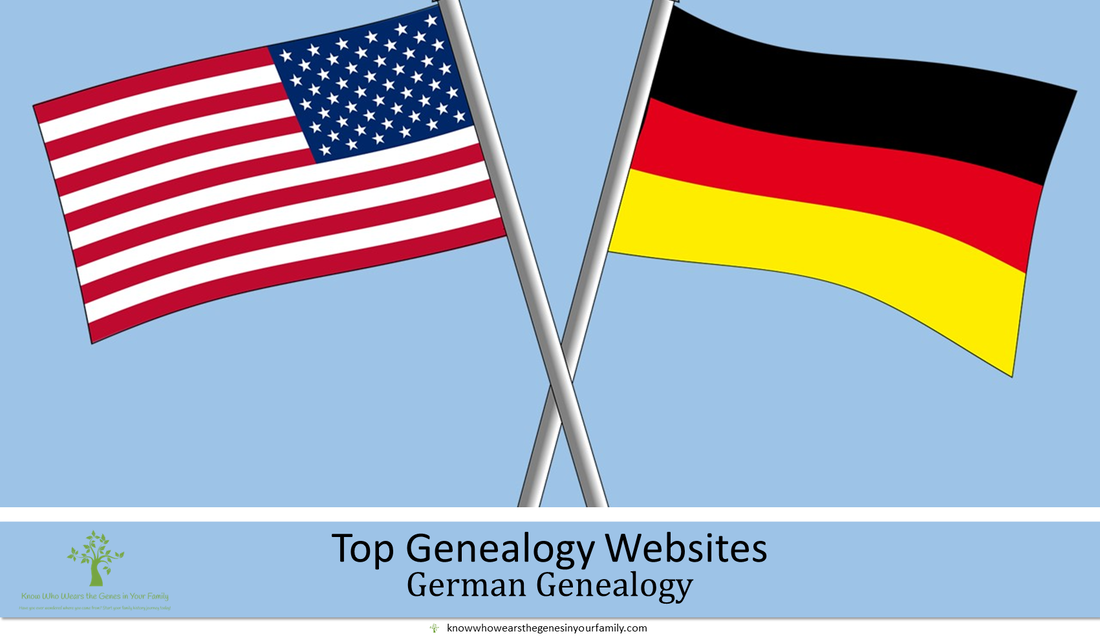
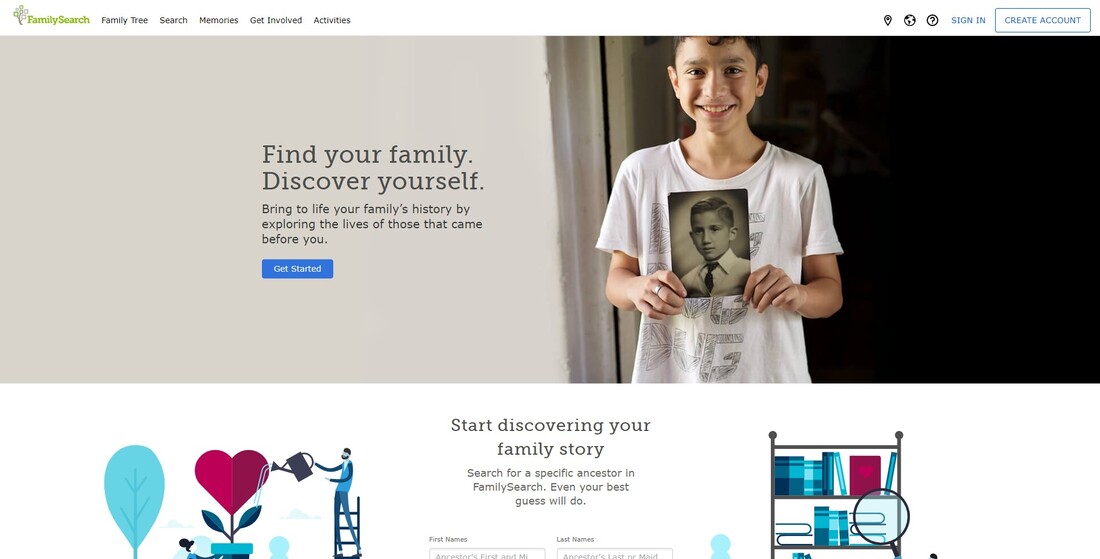
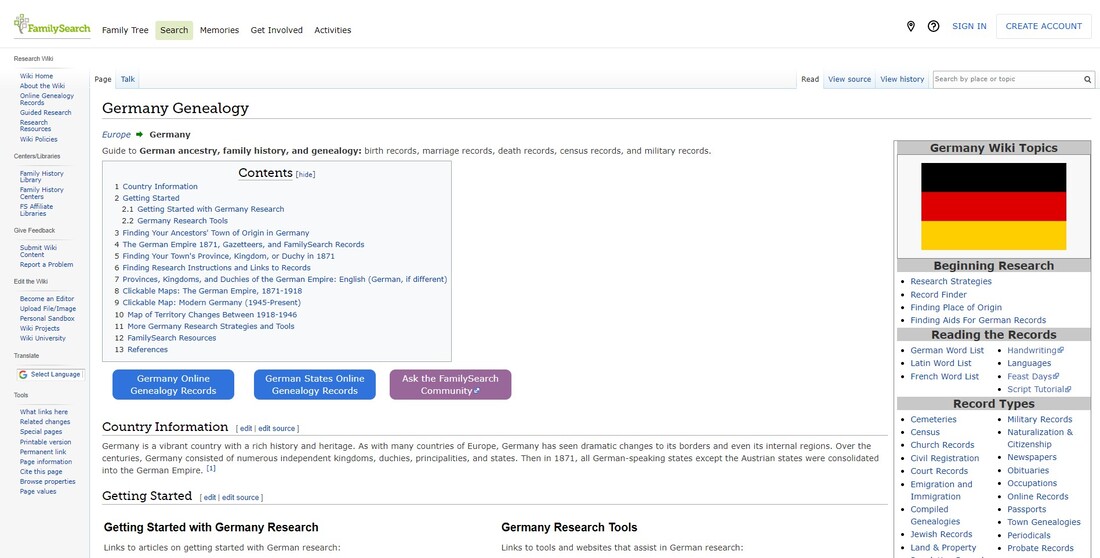
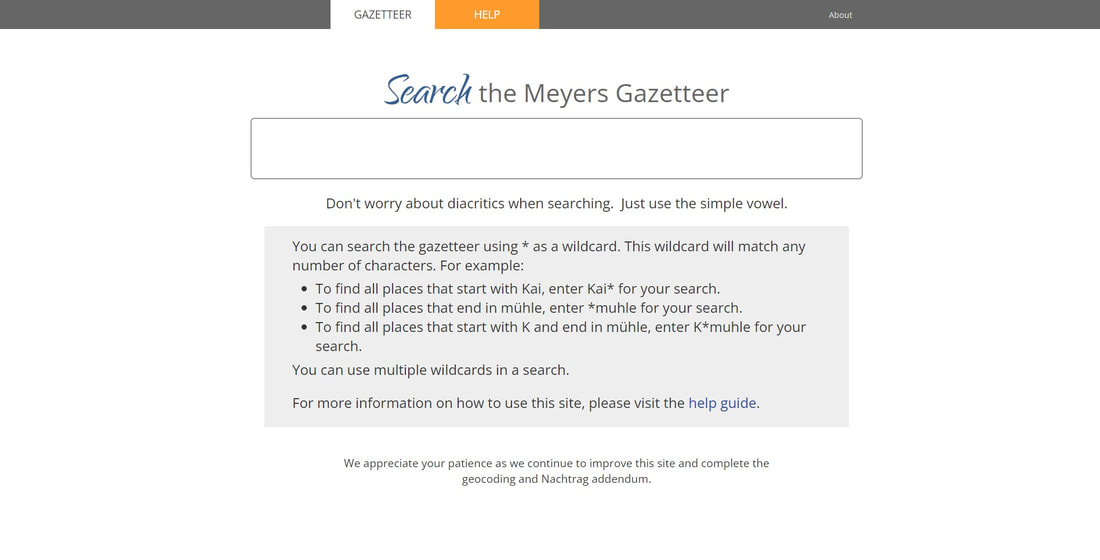
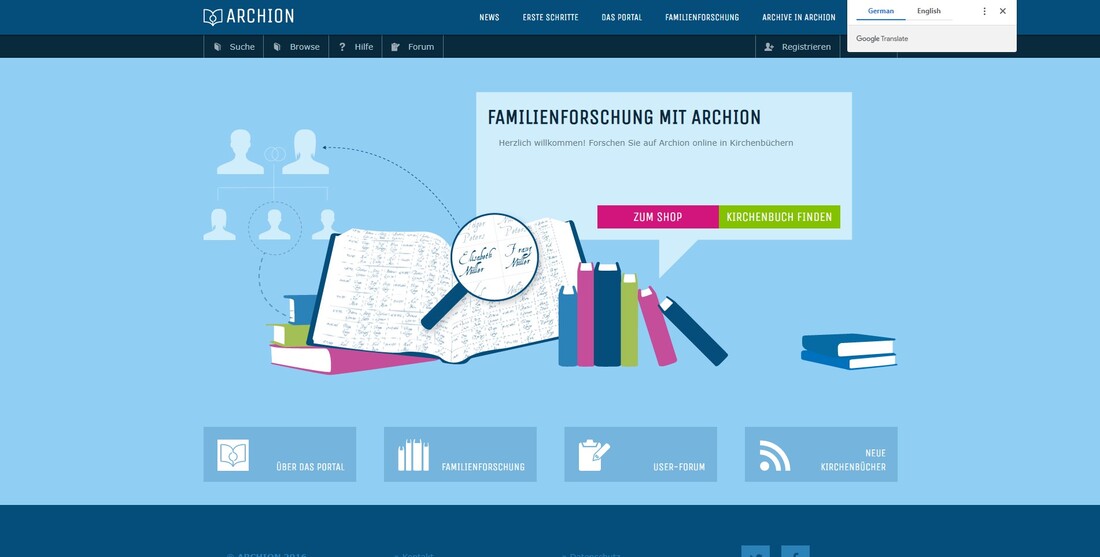

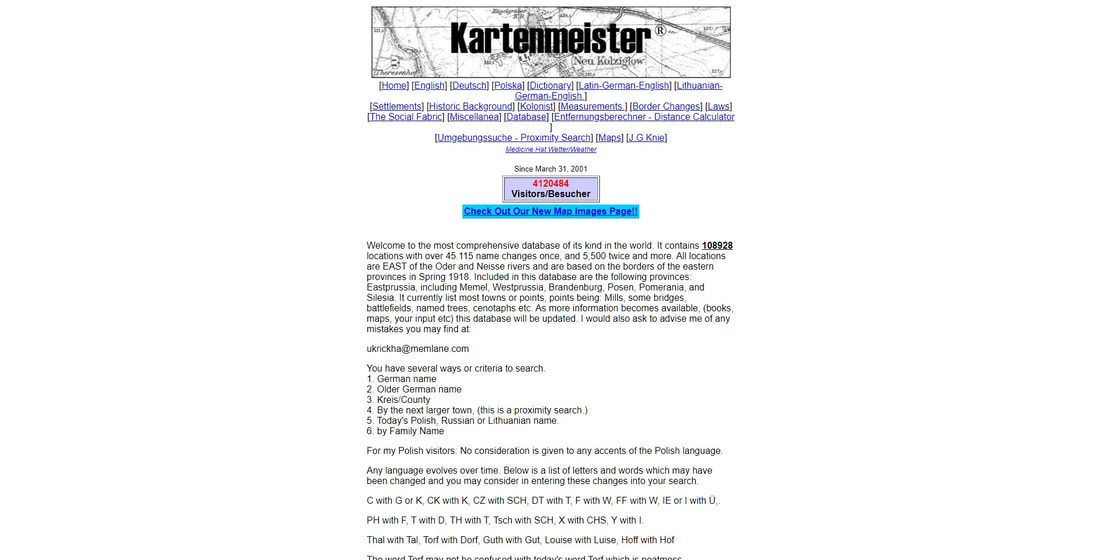

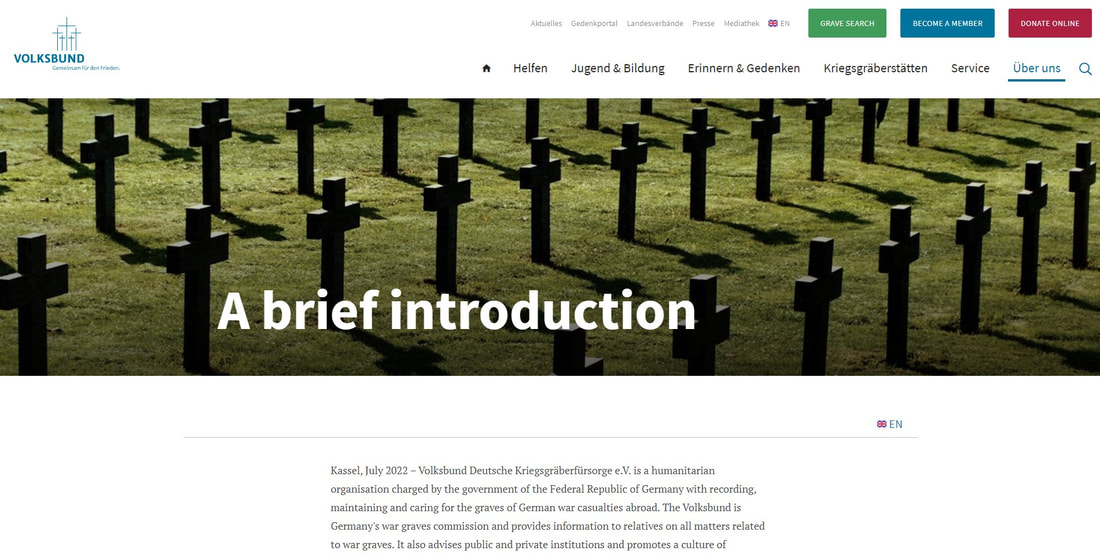
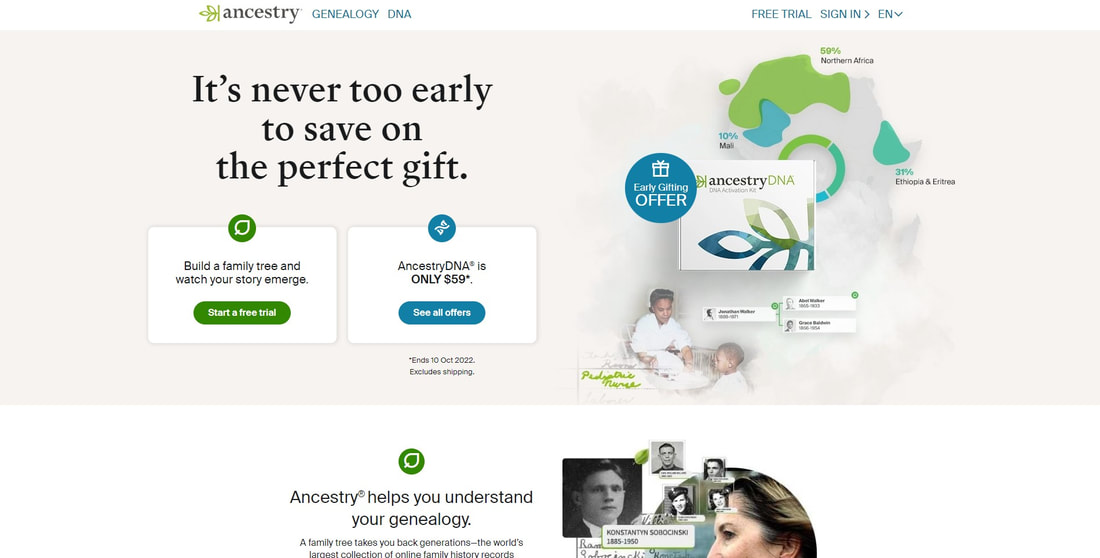
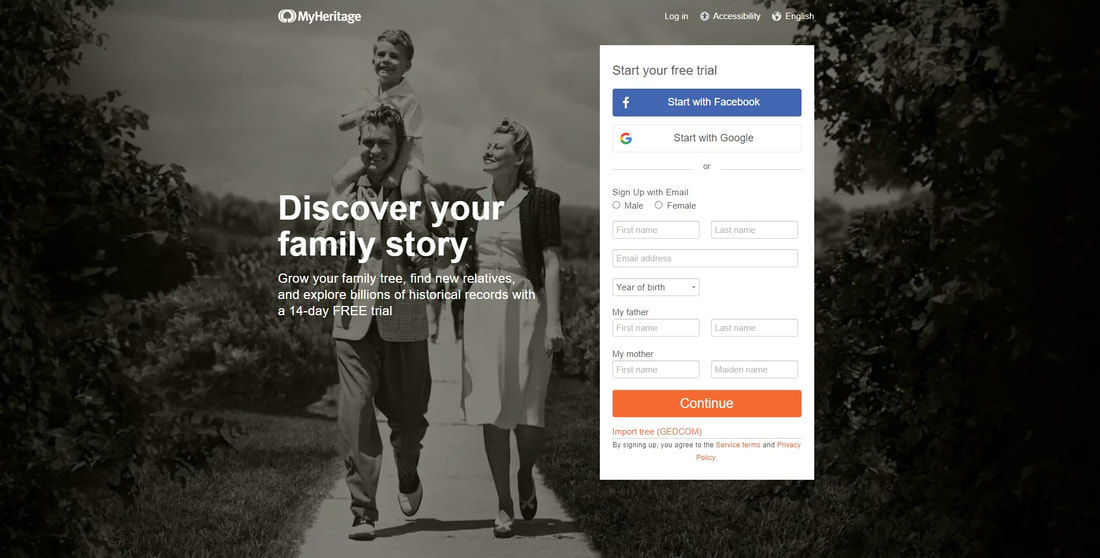

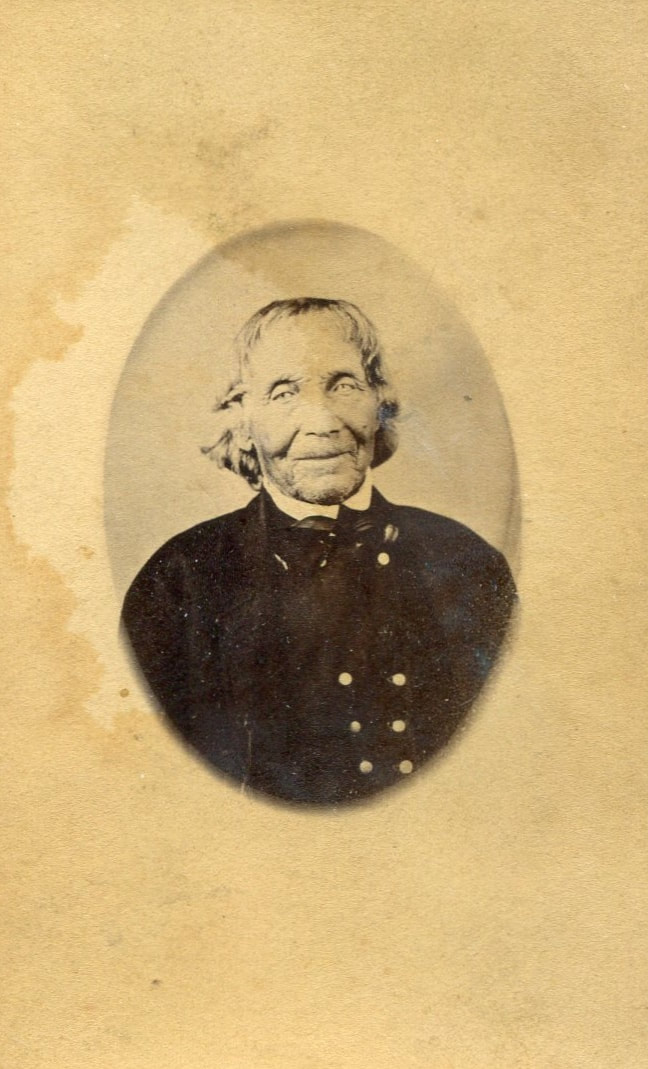
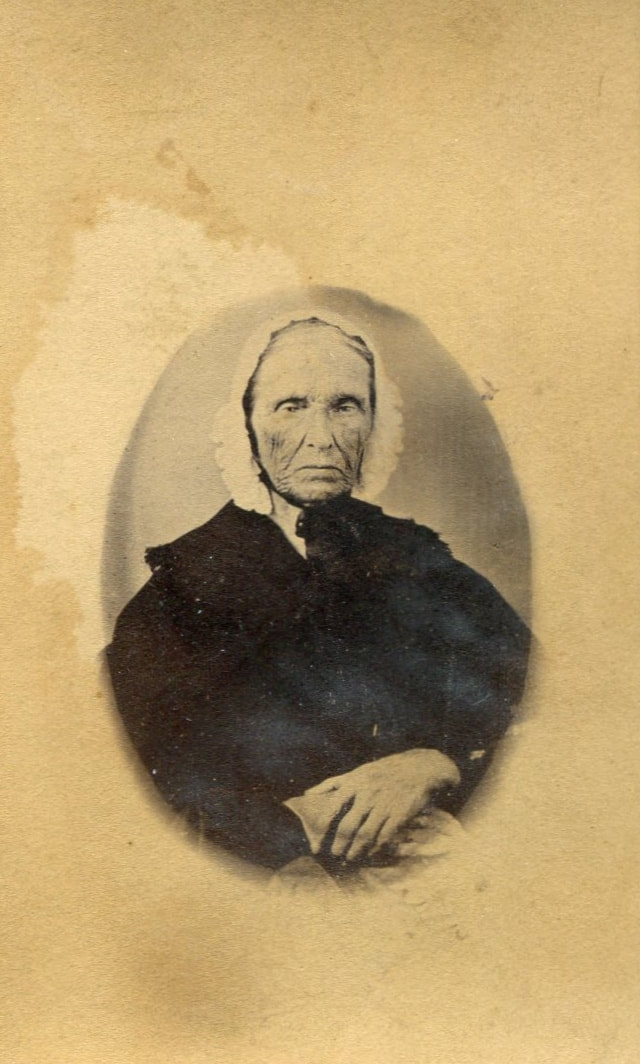
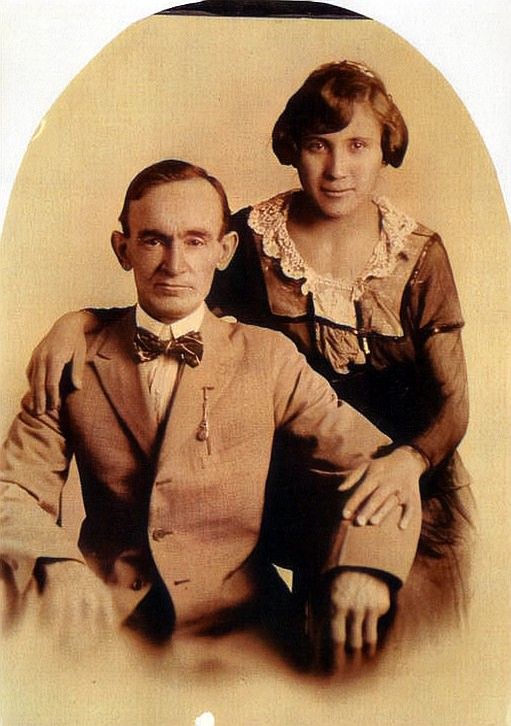

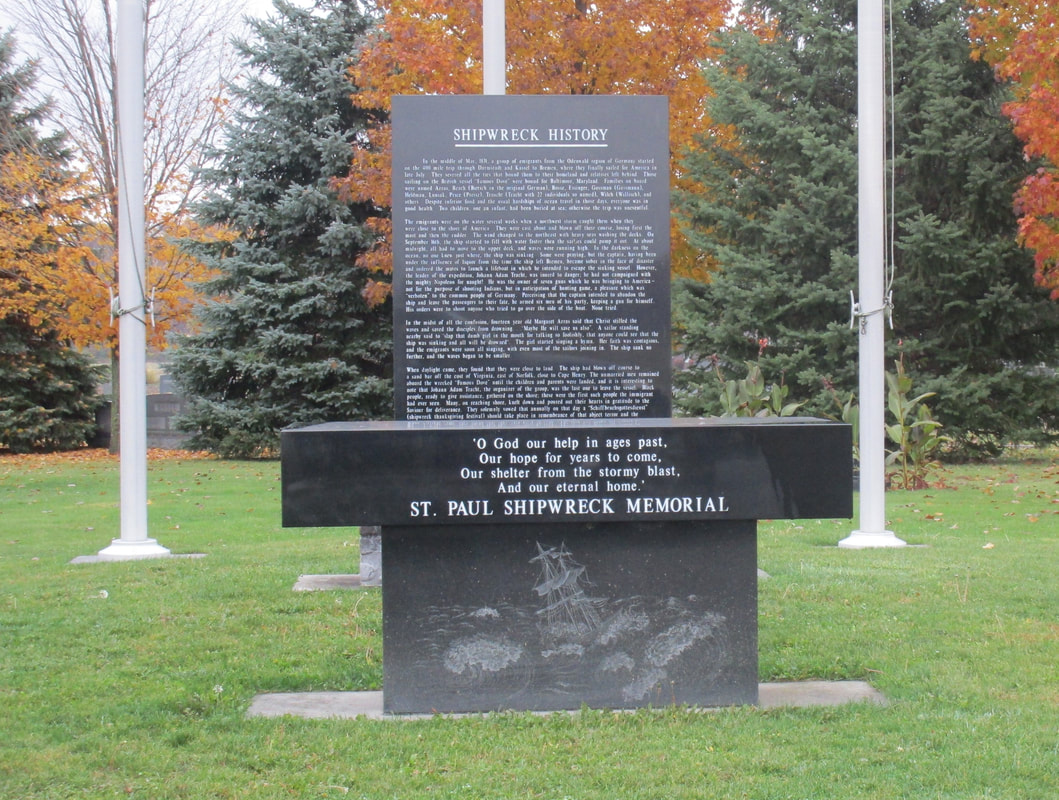
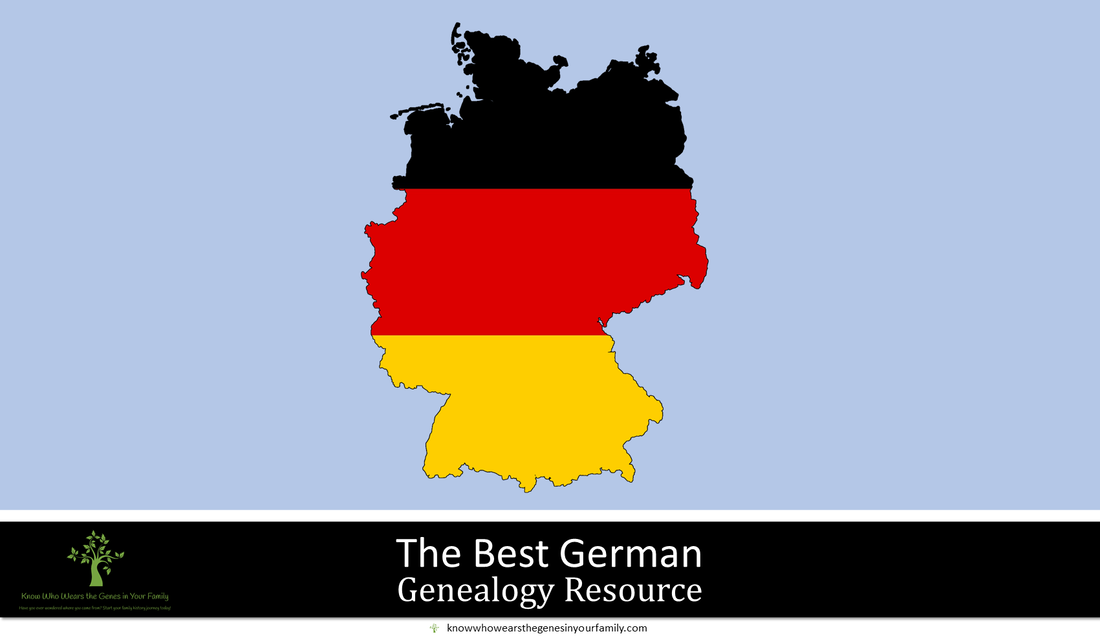
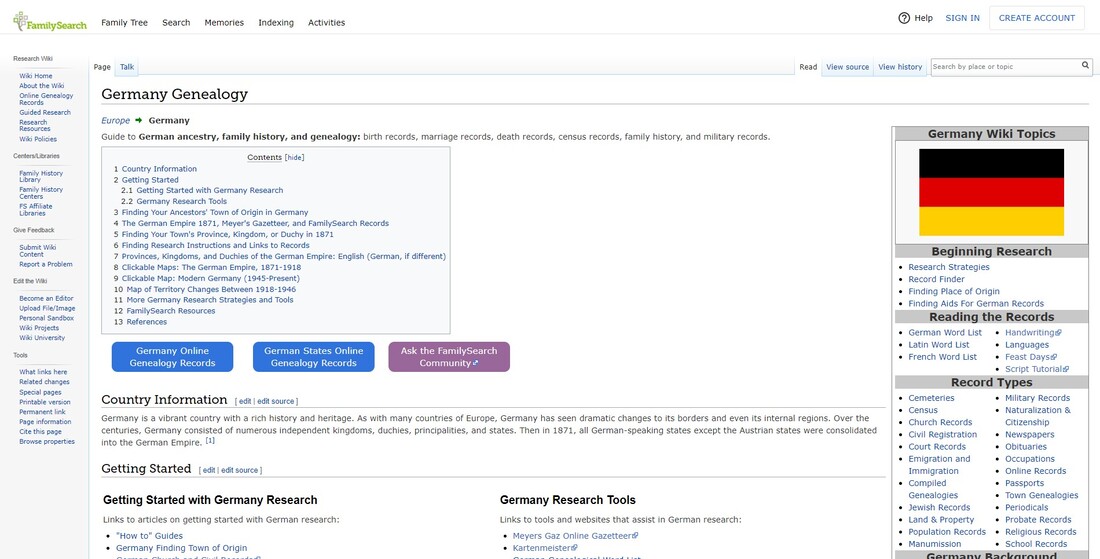
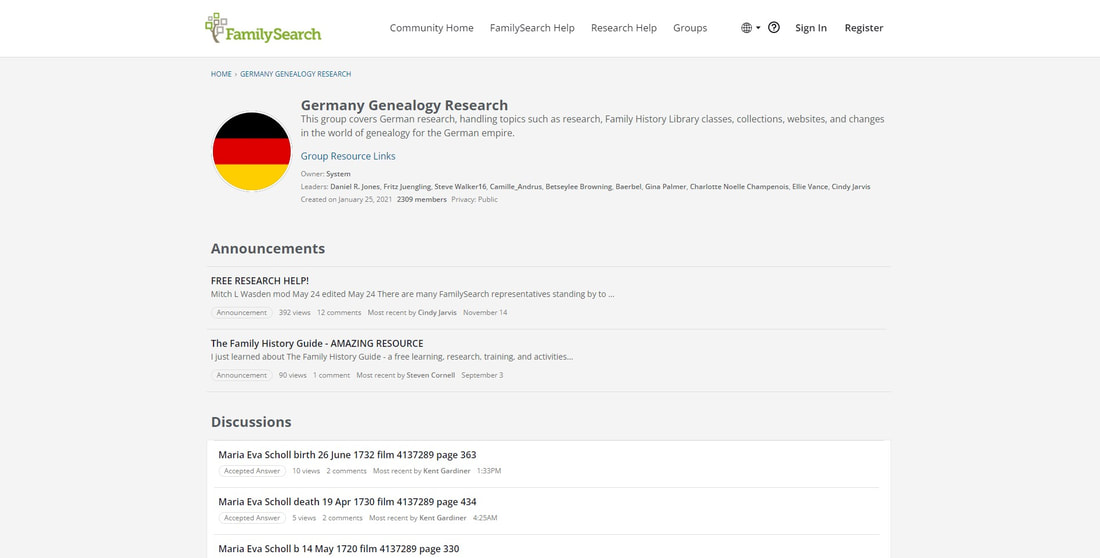
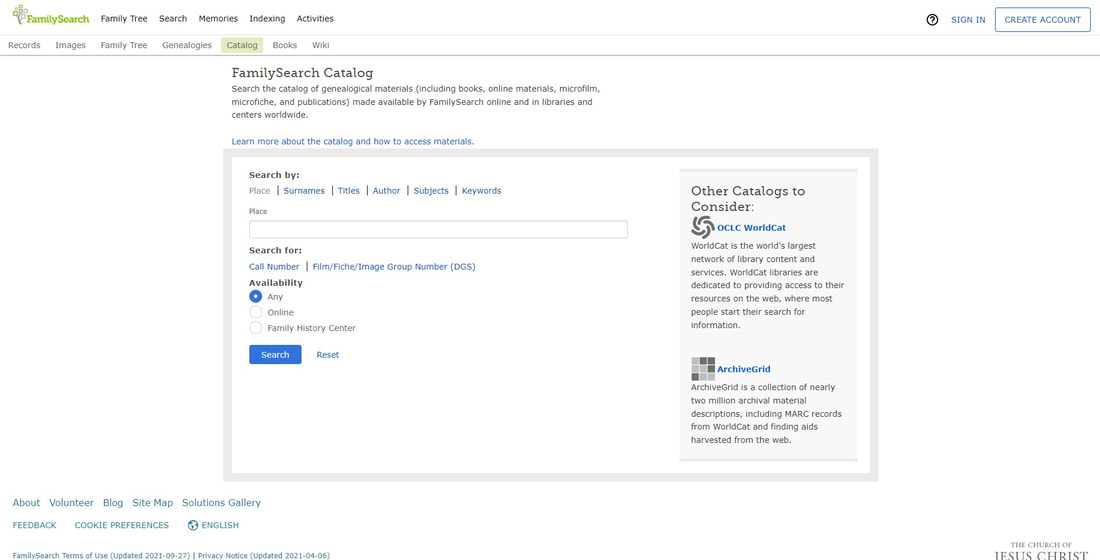
 RSS Feed
RSS Feed
